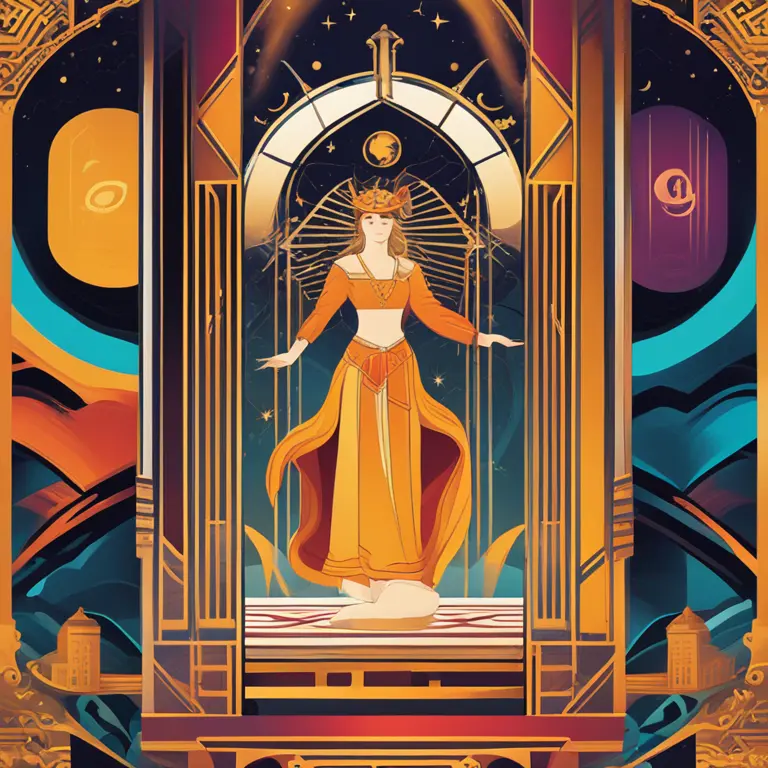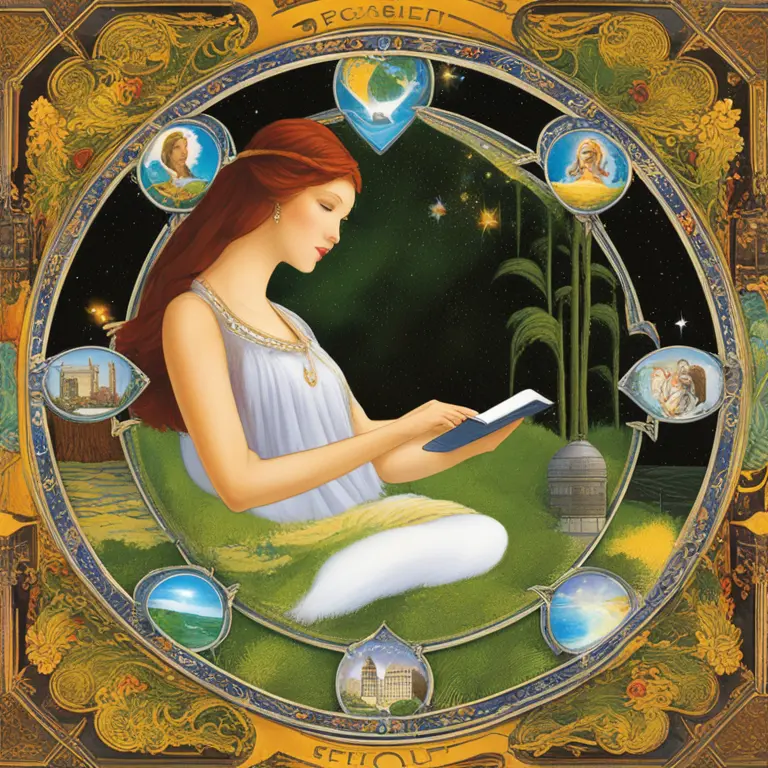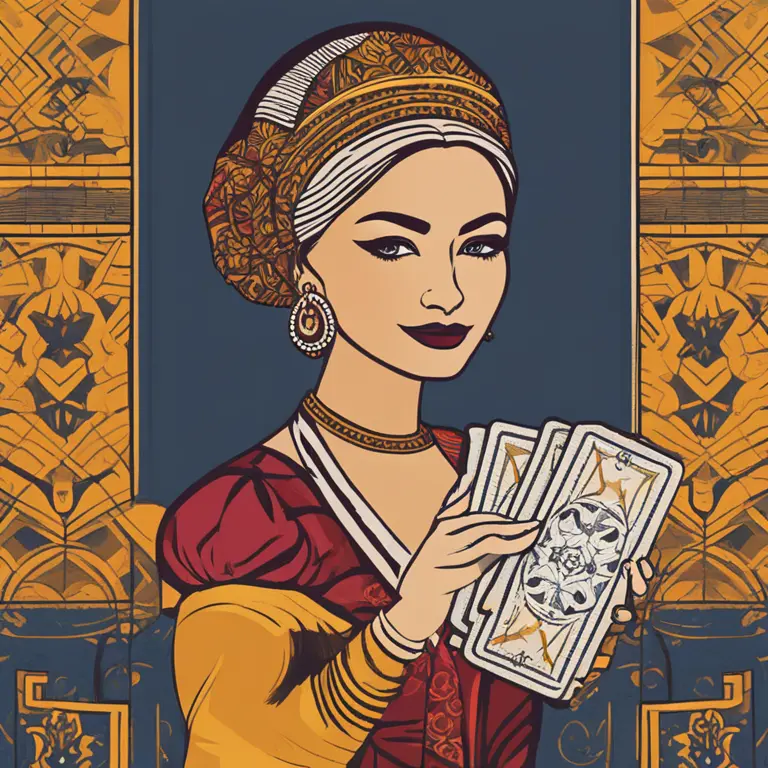
The Tarot Renaissance
In an age where digital technology reigns supreme and scientific progress seems to answer most of our questions, the ancient practice of tarot is experiencing an unexpected resurgence. This renewed interest can be linked to various cultural, digital, and social phenomena. People across the globe are seeking meaningful connections and the comfort of mystery in a rapidly changing world, and tarot provides just that – a bridge between the known and the unknown, the conscious and the subconscious. With its rich symbolism and interpretative depth, tarot reading offers a personal experience that resonates with modern seekers of wisdom and self-awareness.

Personal Empowerment and Self-Care
The current revival of tarot can largely be attributed to a growing trend towards personal empowerment and self-care. As individuals navigate the complexities of contemporary life, many turn to tarot for guidance and reflection. The cards serve as a tool for introspection, allowing one to ponder their circumstances and potential paths forward. In a society saturated with external pressures and information overload, tarot readings offer a moment of calm and the opportunity for personal clarity, making it a popular practice for those looking to reclaim a sense of control over their lives.

Digital Access and Online Communities
The accessibility of tarot has greatly increased with the advent of digital platforms. No longer confined to esoteric bookstores or private reading rooms, tarot decks and resources are now widely available online. There are countless apps, online readings, and forums dedicated to discussing interpretations and experiences. This ease of access has brought tarot to a wider audience, contributing to its trending status. Moreover, the rise of social media has allowed tarot practitioners to share their readings and insights, creating vibrant communities and encouraging others to explore the practice.

Celebrity Influence and Media Portrayal
Celebrities and influencers openly discussing their use of tarot readings have also propelled its popularity. High-profile endorsements make the craft more mainstream and less stigmatized, inviting new enthusiasts to what was once seen as a niche activity. Media portrayals have shifted as well, with tarot readings depicted in popular TV shows and movies not just as occult practices but as tools for character development and plot advancement, signaling a broader acceptance and cultural integration of the tarot.
Modern Adaptations and Diverse Representation
Tarot decks have evolved to reflect diverse cultures, identities, and artistic expressions, making them more relatable and appealing to modern users. Contemporary artists are reimagining traditional tarot imagery, crafting decks that speak to a range of experiences and backgrounds. This branching out into multicultural and inclusive depictions in tarot art has made it a more inclusive practice, embracing practitioners from all walks of life, contributing to its surging appeal.
Spiritual Eclecticism and the Search for Meaning
The eclectic spiritual landscape of the 21st century, where individuals often blend various beliefs and practices, has been favorable for the rise of tarot. Amidst this tapestry of spirituality, tarot offers a non-dogmatic and flexible approach to personal growth and self-exploration. As people seek out individualized spiritual experiences that transcend traditional religious boundaries, tarot stands out as a versatile and adaptable modality, contributing to its present-day resurgence.
Published: 2/8/2024
Modified: 2/8/2024
More predictions
Come back here soon to learn more about yourself and your future


Today's Zodiac Forecast: Cosmic Insights
Delve into your daily zodiac horoscope for fresh celestial guidance and astrological outlook tailored for your star sign.


Zodiac Affections: How Each Sign Craves Touch
Discover how each zodiac sign experiences and expresses their need for touch. Learn about the tactile preferences unique to all twelve astrological personalities.


The Origins of Zodiac Signs: An Astrological Journey
Delve into the ancient roots of the zodiac as we trace the origins and significance of these celestial symbols in astrology.